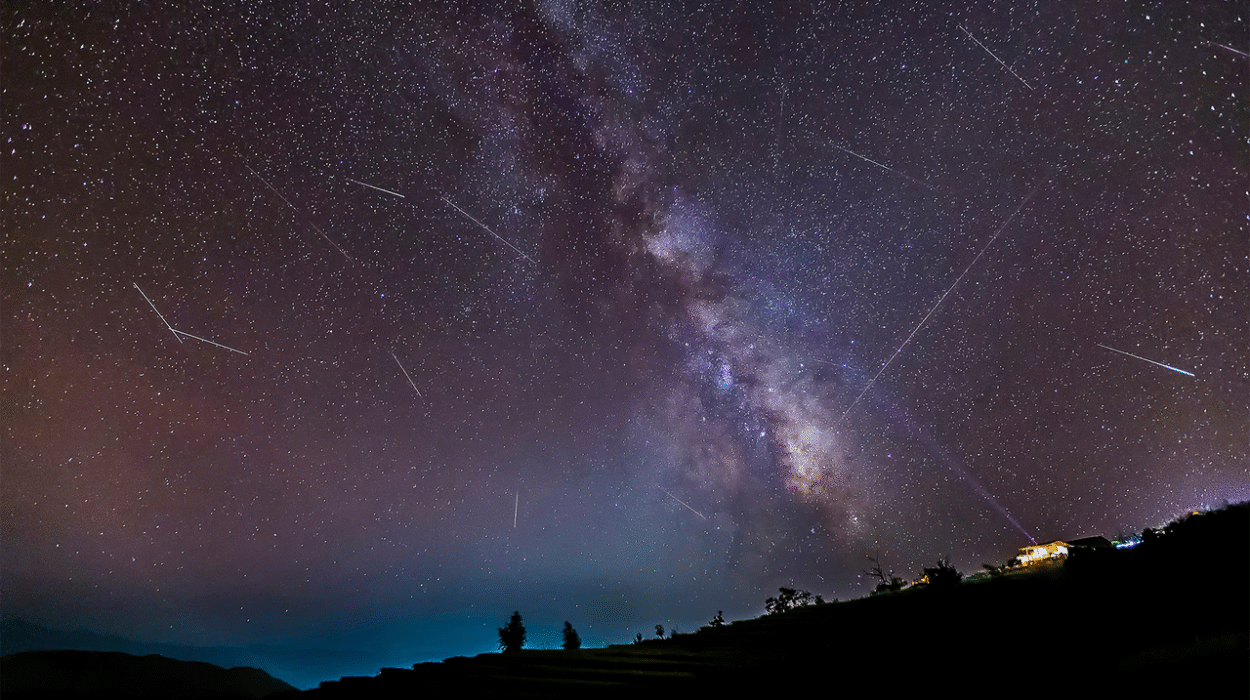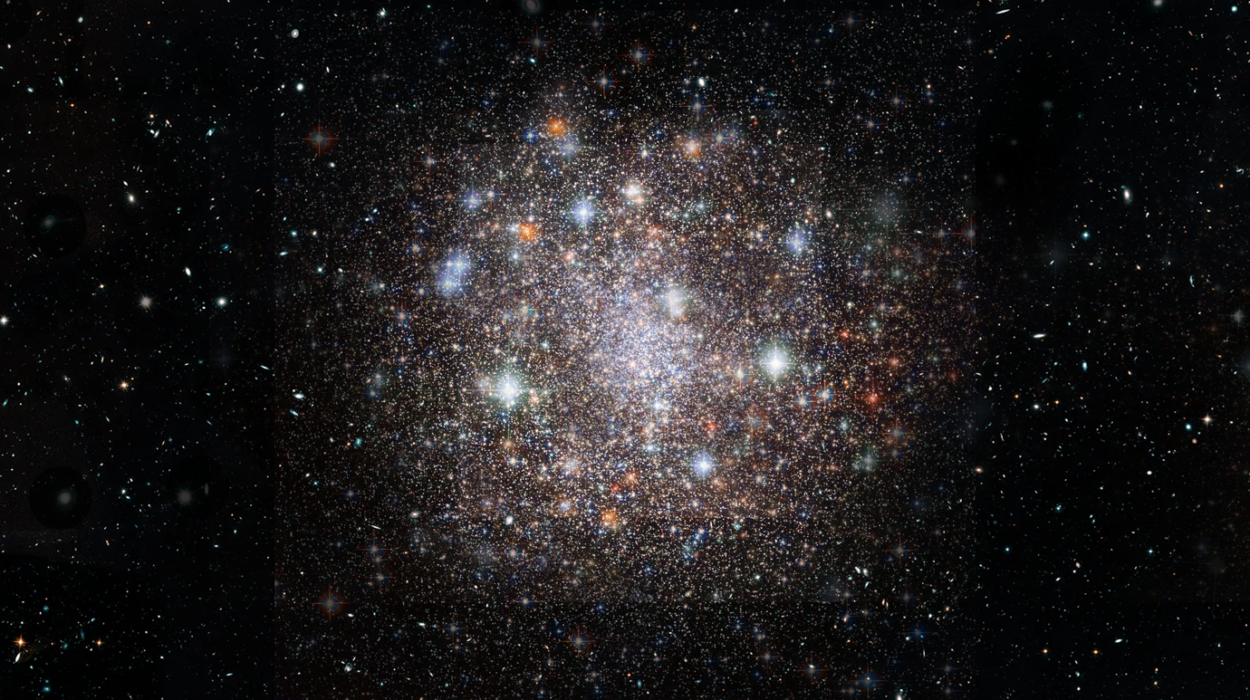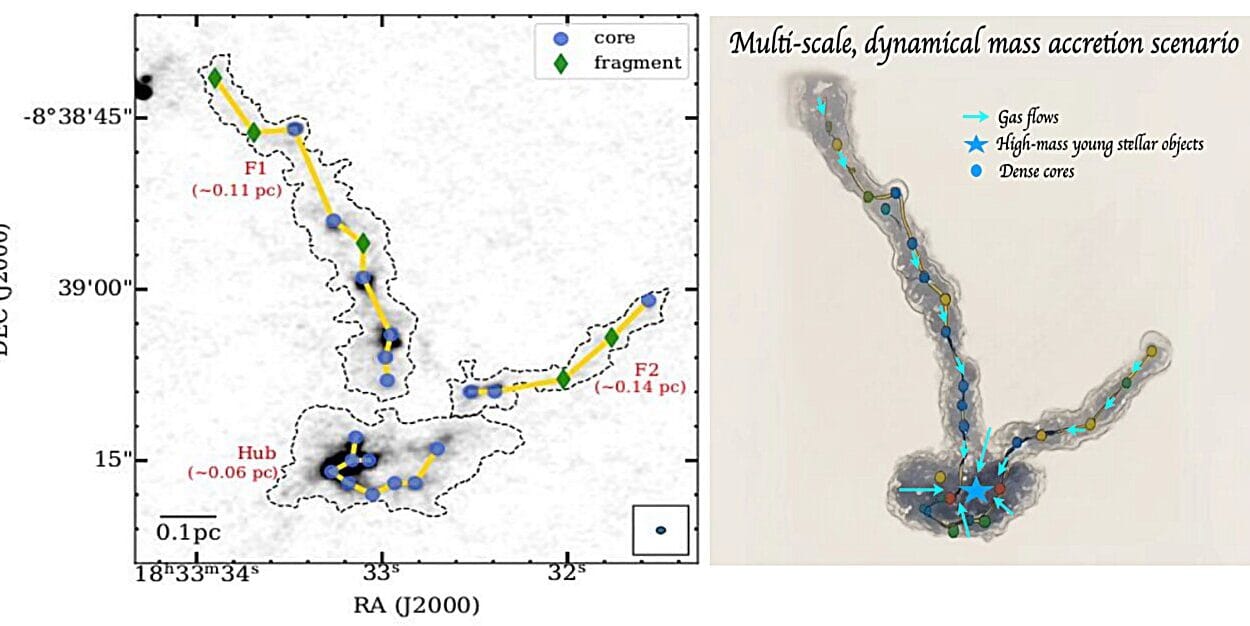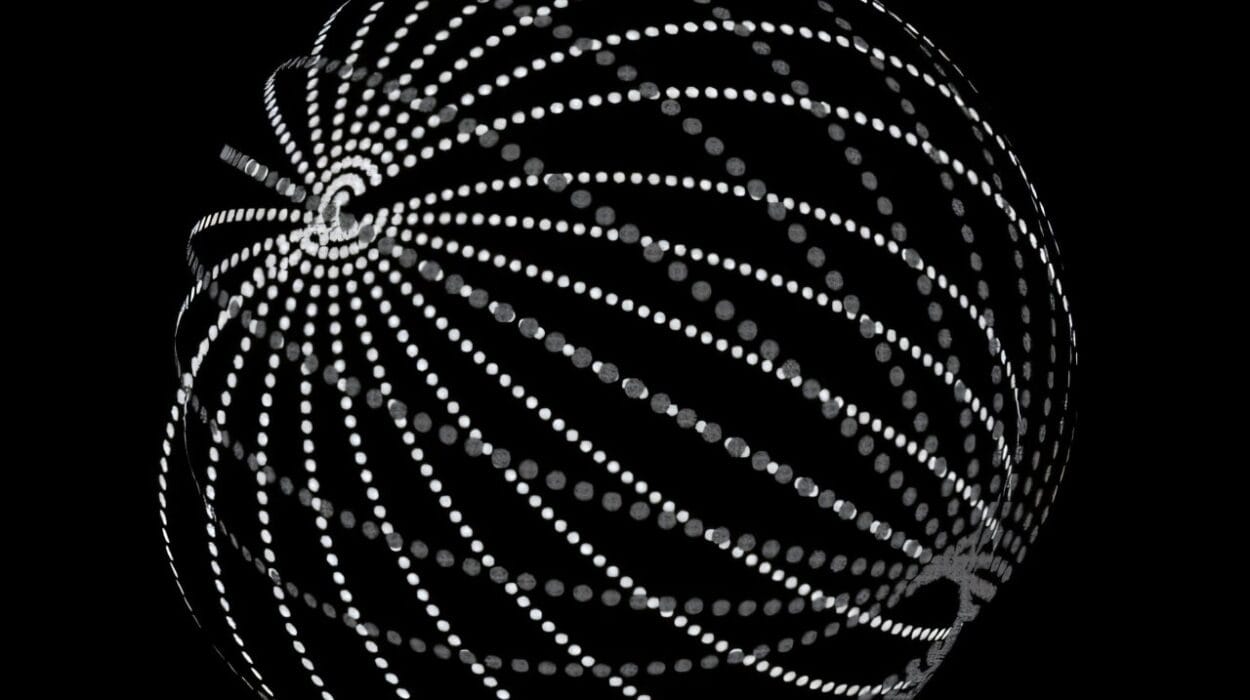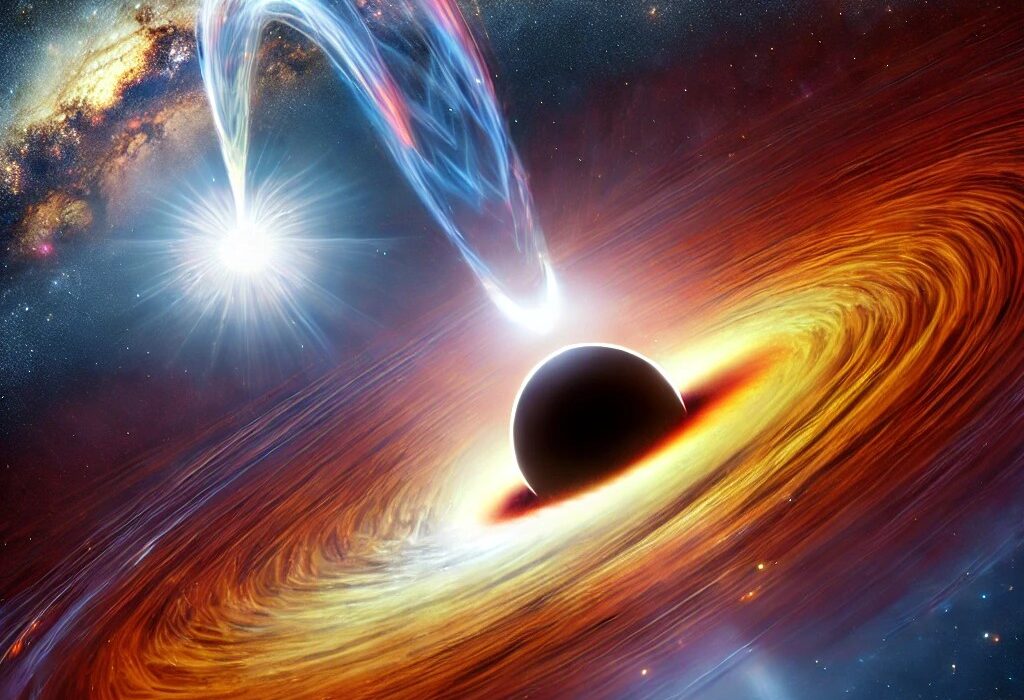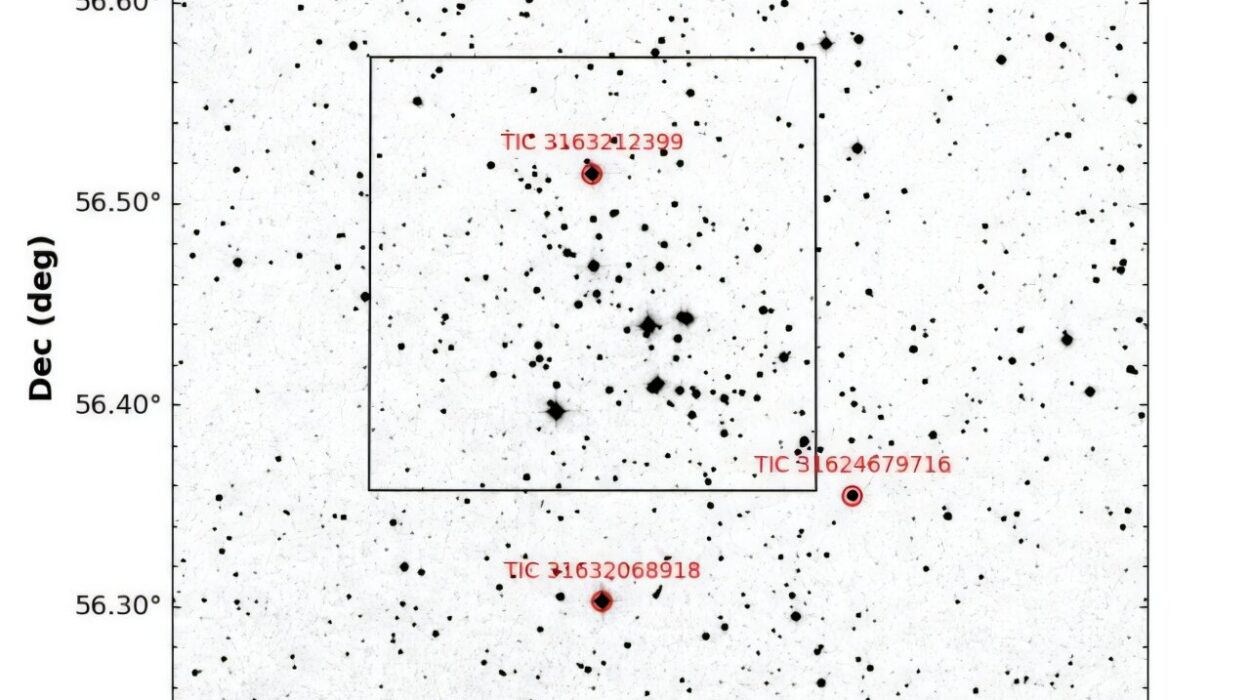Imagine standing on a cosmic corpse—a dead star so incomprehensibly dense that a single teaspoon of its material would outweigh Mount Everest. The ground beneath your feet is made not of rock or dirt but of crushed atomic nuclei, packed together under gravity a hundred billion times stronger than Earth’s. And jutting up from this surface? A mountain. But not like Everest or Fuji. This mountain is barely a centimeter tall—about the height of your fingernail. And yet, in this strange stellar world, it may hold the power to bend physics, to rewrite what we thought was possible, and to bring the dead back to life.
Welcome to the curious case of the “living dead” pulsars—and the tiny surface features that may be the key to understanding one of the universe’s greatest mysteries.
A Cosmic Pulse That Shouldn’t Exist
Pulsars are the cosmic lighthouses of the universe. Born from the explosive deaths of massive stars, they are the collapsed remnants—neutron stars—that spin with astonishing speed, often hundreds of times per second, and send out focused beams of electromagnetic radiation. Every time their beam sweeps past Earth, it flashes in our telescopes like a ticking clock in space.
But this clock isn’t eternal. Over time, pulsars lose energy, slow down, and eventually cross what astrophysicists grimly call the death line—a theoretical threshold beyond which the star no longer has the energy to generate the powerful electric fields needed to light up the cosmos. When this happens, the pulsar should stop emitting radio waves entirely. It should fall silent.
And yet, not all do.
Two stars in particular—PSR J0250+5854 and PSR J2144-3933—have puzzled scientists for years. These two pulsars, based on everything we know, should be long dead. They’ve slowed to the point where they shouldn’t be able to pulse at all. And yet, they shine on—defying physics, beaming signals from the edge of the grave.
How? That’s the question that recently brought a team of physicists at Peking University face-to-face with the incredibly strange possibility that the answer lies in something surprisingly small.
Mountains on a Star: Tiny Titans of Physics
Led by astrophysicist Zi-Hao Xu, the Peking team approached the problem from a radical new angle. What if the pulsar’s ability to emit radio waves wasn’t just about its overall energy—but about the tiny imperfections on its surface?
These aren’t mountains in the earthly sense. On a neutron star, even a bump just one centimeter tall is a monumental structure—an Everest-sized anomaly in an environment where gravity tries to flatten everything into featureless perfection. And yet, the researchers found that these bumps, these microscopic surface mountains, might be doing something extraordinary.
Using advanced computer models, the team simulated how electric fields behave in the warped, crushing environment of a neutron star. What they found was astonishing: even tiny surface peaks could dramatically amplify the local electric field.
Imagine focusing sunlight through a magnifying glass. The curved glass concentrates the sun’s rays to a single point, intensifying the heat. These tiny neutron star mountains do something similar. Their steep slopes focus and enhance the electric fields on the star’s surface, making it far easier to accelerate particles—like electrons and positrons—into the powerful showers needed to emit radio waves.
In essence, these peaks lower the energy cost of staying alive. A dying pulsar, one that’s already slowed past the supposed point of no return, could still pulse—if it has the right surface bumps.
Death Is Not the End: Pulsars Brought Back to Life
This idea—that minuscule mountains could revive “dead” pulsars—is more than just a theoretical curiosity. It’s a potential revolution in our understanding of neutron stars.
The research shows that these surface features can reduce the critical threshold for radio emission by up to 50%. That means pulsars once thought to be radio-silent could very well be active, just with a little help from their rugged surfaces.
And it explains anomalies like PSR J0250+5854 and PSR J2144-3933—stars that break the rules simply by refusing to go quietly. What we once considered the death line may not be a hard stop at all. Instead, it may be a flexible frontier—one shaped by the microscopic contours of a star’s skin.
It’s a cosmic resurrection powered not by divine intervention, but by the quiet resilience of topography.
The Mystery of Strangeon Matter
But the story doesn’t end there.
If neutron stars do have permanent, solid mountains—no matter how tiny—it tells us something profound about the material they’re made from. Because maintaining any bump on a neutron star is no small feat. The gravity is so intense that ordinary matter would be instantly crushed, eroded, or vaporized by the high-energy particle storms raging across the star’s magnetic poles.
So how are these mountains still standing?
Xu and his team believe the answer may lie in an exotic and as-yet unconfirmed form of matter known as strangeon matter. This strange stuff is theorized to be made not of ordinary protons and neutrons, but of tightly bound clusters of up, down, and strange quarks. The name itself hints at its alien nature.
Strangeon matter would be bound not by everyday electromagnetic forces, but by the much more powerful strong nuclear force. This could make it millions of times more durable than anything found on Earth, and robust enough to support surface features under gravity that would obliterate anything else.
If neutron stars are made of strangeon matter, it could solve many puzzles about their structure, behavior, and evolution. But more than that—it could mean we’re looking at a whole new state of matter, one that could exist naturally only in the universe’s most extreme environments.
The FAST Road Ahead: Eyes on the Mountains
This mountain theory isn’t just a tantalizing idea—it’s one we might soon be able to test.
China’s Five-hundred-meter Aperture Spherical Telescope (FAST)—currently the world’s largest filled-aperture radio telescope—is perfectly positioned to search for the subtle signatures these mountains might create. Tiny surface bumps can affect how a pulsar’s signal arrives, altering its timing, frequency, and even its intensity in detectable ways.
If these fingerprints can be found, it could confirm that neutron stars aren’t the smooth, spherical relics we once imagined—but rugged, rumbling landscapes with more personality than previously believed.
FAST could also help detect new pulsars that sit just beyond the traditional death line—hidden stars we never thought to look for until now. In time, we may come to see the death line not as a boundary, but as a frontier waiting to be redrawn.
Cracking Open the Starquake Code
There’s another cosmic puzzle this research could help unlock: glitches.
Pulsar glitches are sudden, unpredictable changes in a neutron star’s rotation speed. They’re thought to be caused by internal stresses—possibly by sudden shifts or “starquakes” in the crust. But no one knows exactly what triggers them.
Xu’s study suggests that surface mountains could play a pivotal role. The formation or collapse of these miniature peaks during a quake could redistribute angular momentum, changing how the star spins. This could explain some of the mysterious timing irregularities astronomers have been tracking for decades.
By studying the evolution of these surface features, scientists might gain a rare window into the interior mechanics of neutron stars—one of the most challenging areas of astrophysics today.
The Little Peaks That Could
In a universe defined by its vastness, it’s easy to be seduced by scale. We marvel at galaxies and black holes, stare in awe at supernovae and quasars. But sometimes, it’s the smallest things—the nearly invisible, the barely-there—that change everything.
A one-centimeter mountain, in the wrong place, under the right conditions, might just be enough to defy death itself.
It might breathe life into dying stars, reshape theories, and hint at an entirely new form of matter. And in doing so, it reminds us that the universe still holds secrets in its most unexpected corners. Tiny mysteries on the surfaces of distant stars might teach us more than we ever thought possible.
In the end, the lesson of the “living dead” pulsars is one of humility: never assume the cosmos is finished speaking just because it goes quiet. Sometimes, it’s just waiting to whisper its next astonishing story—from a mountaintop no taller than a fingernail.
Reference: Zi-Hao Xu et al, Pulsar Sparking: What if mountains on the surface?, arXiv (2025). DOI: 10.48550/arxiv.2506.12305

